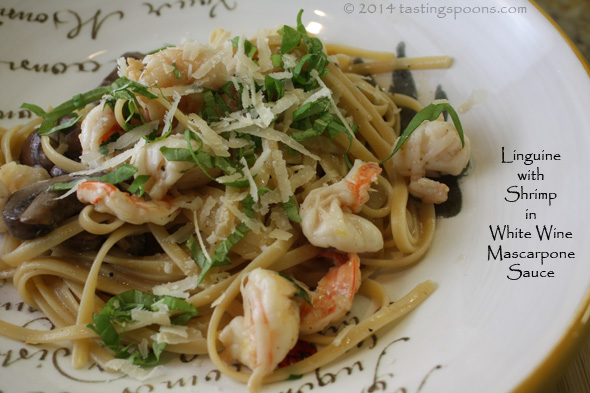 It’s a little hard to tell there’s a sauce on this but the mascarpone is what gives the pasta a shine (a shine in food means either fat or sugar). When this says “sauce” it doesn’t exactly mean it’s a “cream sauce” as in a cooked, thickened sauce made with cream. The mascarpone is the only creamy substance in this and it’s so very easy to just stir it (and toss and toss) into the hot pasta. It just melts. Yum.
It’s a little hard to tell there’s a sauce on this but the mascarpone is what gives the pasta a shine (a shine in food means either fat or sugar). When this says “sauce” it doesn’t exactly mean it’s a “cream sauce” as in a cooked, thickened sauce made with cream. The mascarpone is the only creamy substance in this and it’s so very easy to just stir it (and toss and toss) into the hot pasta. It just melts. Yum.
There’s something about shrimp and pasta. They’re one of those matches that just work in the culinary world. The palate and taste rule here. Or maybe in this case it’s the mascarpone cheese which provides the bridge between the two. Whatever it is, it works. If you’re looking for something nice to fix for Valentine’s Day, this would be a good one. It satisfies, for sure, with the pasta, and the shrimp (especially if you buy big ones) make it a treat. The dish is NOT hard to make at all – just get everything ready ahead of time.
One unique thing here is the use of sliced garlic. At the cooking class with Phillis Carey, she explained that sliced garlic is her new go-to method. It doesn’t brown as fast (however, you do need to cook it over medium heat – higher than that and the garlic, no matter sliced or not – will burn, and that you don’t want). I have this gadget – Chef’n Garlic Slice
. The photo I found at Williams-Sonoma, though the link is to amazon. It’s about $12.00, I think. Anyway, the peeled garlic cloves go into the top, you put the lid on and begin turning the top and thin, perfect slices come out the bottom. Bingo!
The sliced garlic isn’t quite as intense in flavor, either. So you can use a bit more than usual and not overwhelm the dish or someone’s palate.
Anyway, back to this dish. Shrimp are cleaned, deveined and if you choose, slice them in half (through the back so you have 2 perfect halves that curl up so cute when you cook them. Phillis calls them swans when they do that. Okay. Anyway, the shrimp are tossed with lemon zest, salt and pepper while they wait to be called to the pan. First you heat some butter in a nonstick pan (use a big one because everything goes in there eventually). The garlic is added and a tiny bit of red chili flakes and it’s cooked for a whopping minute. Then you add the shrimp and cook that for about 3 minutes, then add the dry white wine (Phillis used Pinot Grigio) and lemon juice briefly. I added some mushrooms to this – because I had them – and because I thought they’d taste good in this dish.
Meanwhile you will have cooked the linguine in very salted water until it’s just barely done but still with a bite (because you cook it some more in the pan). And it’s here where you must save some of the pasta cooking water because it’s used in conjunction with the mascarpone cheese to make the sauce. Lastly you add the pasta to the shrimp mixture, toss and toss and toss, then garnish with lemon zest and fresh basil, salt (maybe, but probably not) and pepper. This dish requires more salt than usual – if you don’t heavily salt the water, then add salt at the end.
Here’s where I detoured – I did add some Parmesan cheese. Just because I can. It added a nice fillip to the dish, I think. But you don’t have to. I also used a whole lot more basil because the original recipe calls for just 2 T of basil shreds. Definitely not enough. If you prefer, you could add Feta cheese to the pasta instead of Parm. That would be a very interesting combo – and a good one, I think. And I also added some sauteed mushrooms too – I cooked them in a separate pan in a little bit of butter, then re-added them to the finished dish to heat them through before adding the mascarpone, etc.
What’s GOOD: You don’t get the feeling (taste) that you’re eating a creamy pasta. This is nothing like using heavy cream, or a carbonara. There is just 1/2 cup in the entire dish that serves at least 3 people. It’s different – loved it with the shrimp. If you’re a bit light on the shrimp, cut them into pieces, but it looks quite pretty to serve it with the cute shrimp curls. Altogether delicious.
What’s NOT: nothing, really. I liked it from the get-go.
printer-friendly CutePDF
Files: MasterCook 5+ and MasterCook 14 (click link to open recipe in MC)
* Exported from MasterCook *
Linguine with Lemon-Garlic Shrimp in Mascarpone Sauce
Recipe By: Slightly adapted from a Phillis Carey recipe, 2014
Serving Size: 3
1/2 pound linguine — thin type, if possible
1 1/4 teaspoons lemon zest
1/4 teaspoon salt — plus more to taste
1/4 teaspoon freshly ground black pepper — plus more to taste
1 pound extra large shrimp — (approx 25-30 per pound)
2 tablespoons unsalted butter
3 cloves garlic — thinly sliced
1/8 teaspoon red chili flakes — (if you double the recipe, do not double the chiles)
1/4 cup Pinot Grigio wine — or other dry white wine (preferably not chardonnay) like sauvignon blanc or vermouth
2 tablespoons fresh lemon juice
1/2 cup mascarpone cheese
4 tablespoons fresh basil — finely sliced
1/3 cup Parmigiano-Reggiano cheese — grated [not in the original recipe]
Notes: Be sure to save some of the pasta water as you use it to thin the sauce at the end. Traditionally, Italians would not serve this with cheese on top, but if you like it, do it! I also added mushrooms (sliced), cooked them in a little butter and added them in just at the end of the shrimp-cooking part.
1. SHRIMP: Trim the cleaned and deveined shrimp, removing tails and slicing each shrimp in half through the back. Add lemon zest to the shrimp and set aside for up to 20 minutes (otherwise, refrigerate the shrimp until you’re ready to cook them).
2. PASTA: Cook the linguine in boiling and heavily salted water until the pasta is al dente, about 6-8 minutes, depending on the type used. Remove a cup or so of the pasta cooking water, set aside and drain pasta in a colander.
3. SAUCE: Meanwhile, melt butter in a large nonstick skillet over medium heat (hot high). Add garlic and red pepper (the garlic should just barely get brown at this cooking temperature) and cook for about a minute. Add shrimp and cook until just done, about 3 minutes, stirring often. The shrimp will curl up. Add the wine and lemon juice and bring to a simmer; cook until the sauce is slightly reduced, about a minute.
4. If you have enough room in the pan, toss in the drained pasta, mascarpone cheese and about 1/2 cup of the cooking water. (If your pan isn’t large enough, pour everything into a large bowl and mix everything there.) Toss well, using tongs, adding more cooking water as needed, until the pasta and shrimp are coated and the sauce looks creamy. As you toss, there should be just a little bit of the thin pasta water/sauce in the bottom. Remove from heat and toss in remaining lemon zest and fresh basil. Season to taste – particularly pepper – and serve immediately with Parmigiano-Reggiano cheese on top if desired.
Per Serving: 657 Calories; 23g Fat (32.5% calories from fat); 45g Protein; 61g Carbohydrate; 2g Dietary Fiber; 284mg Cholesterol; 587mg Sodium.






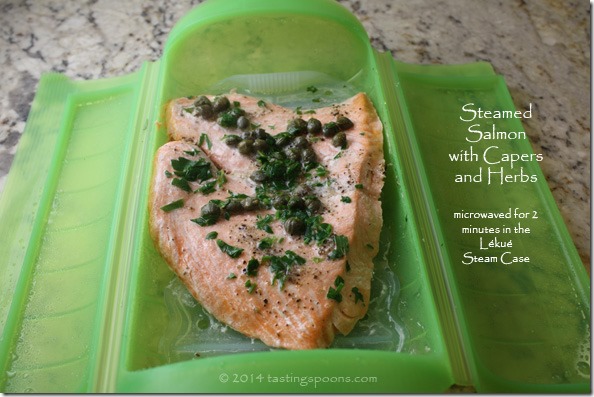
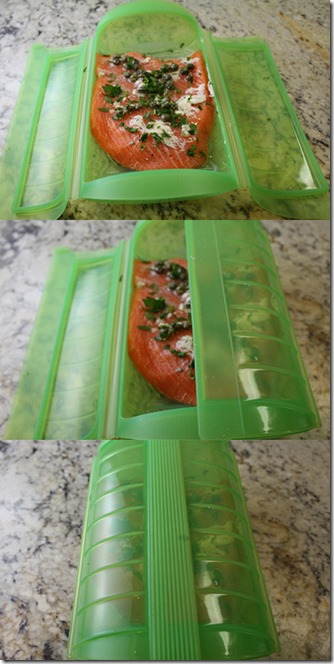
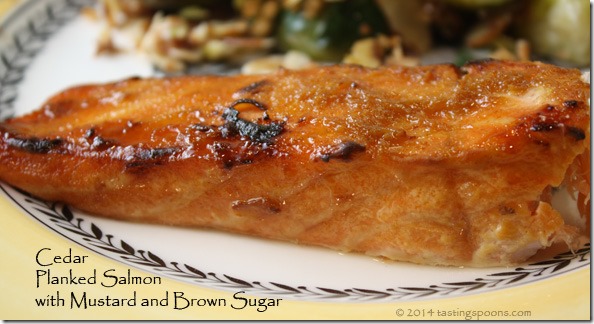
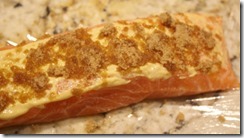
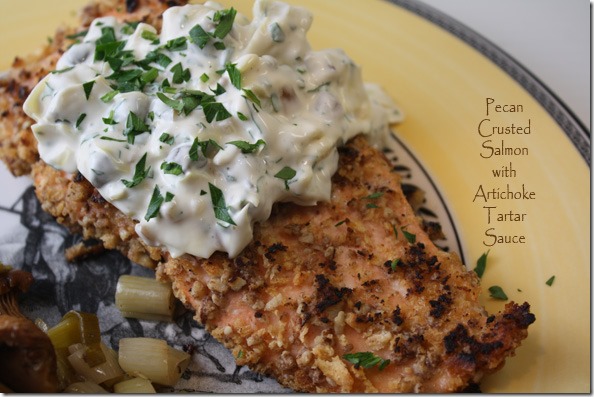
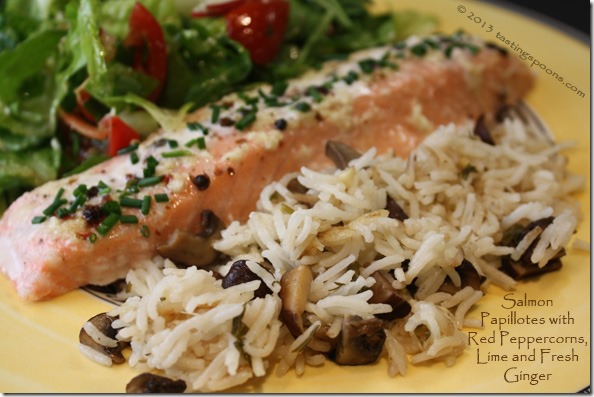
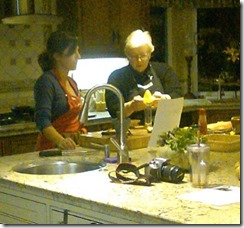
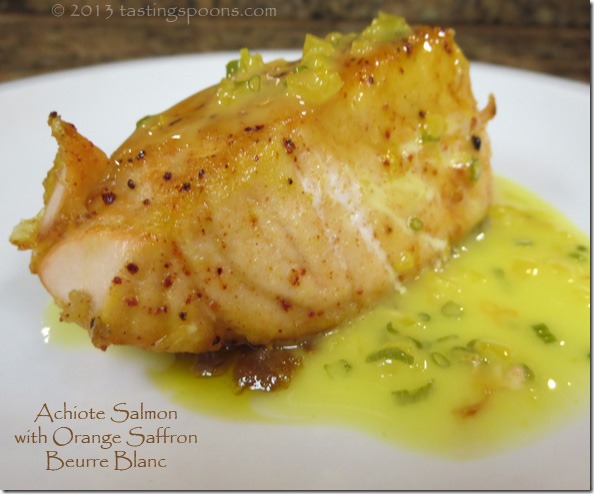
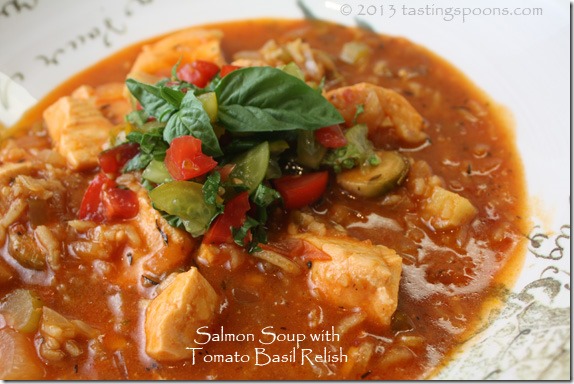
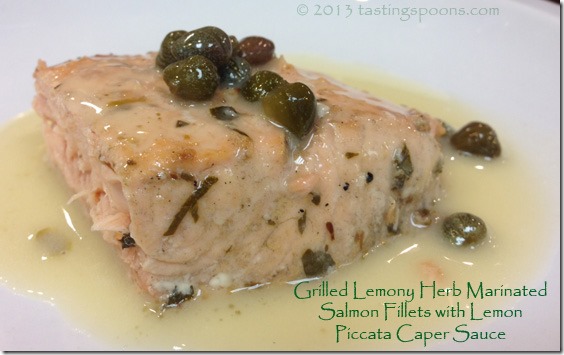
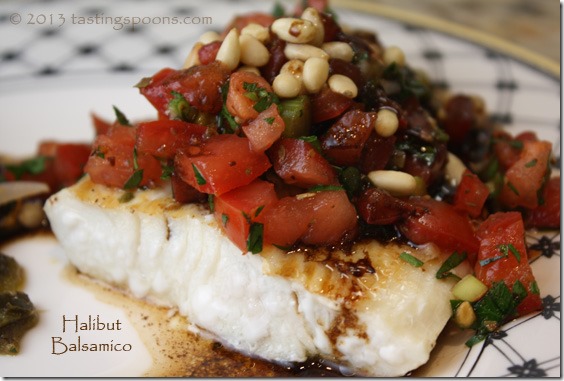
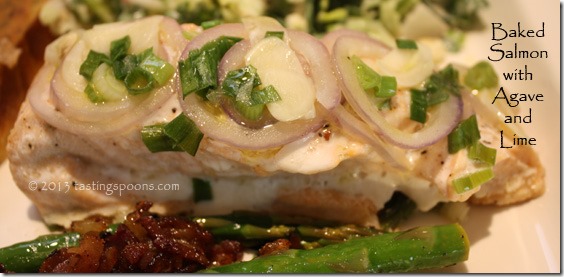
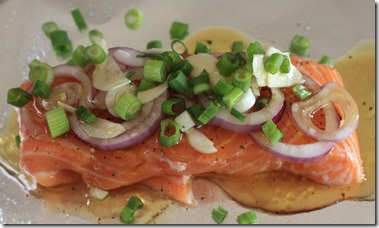
Leave a Comment!